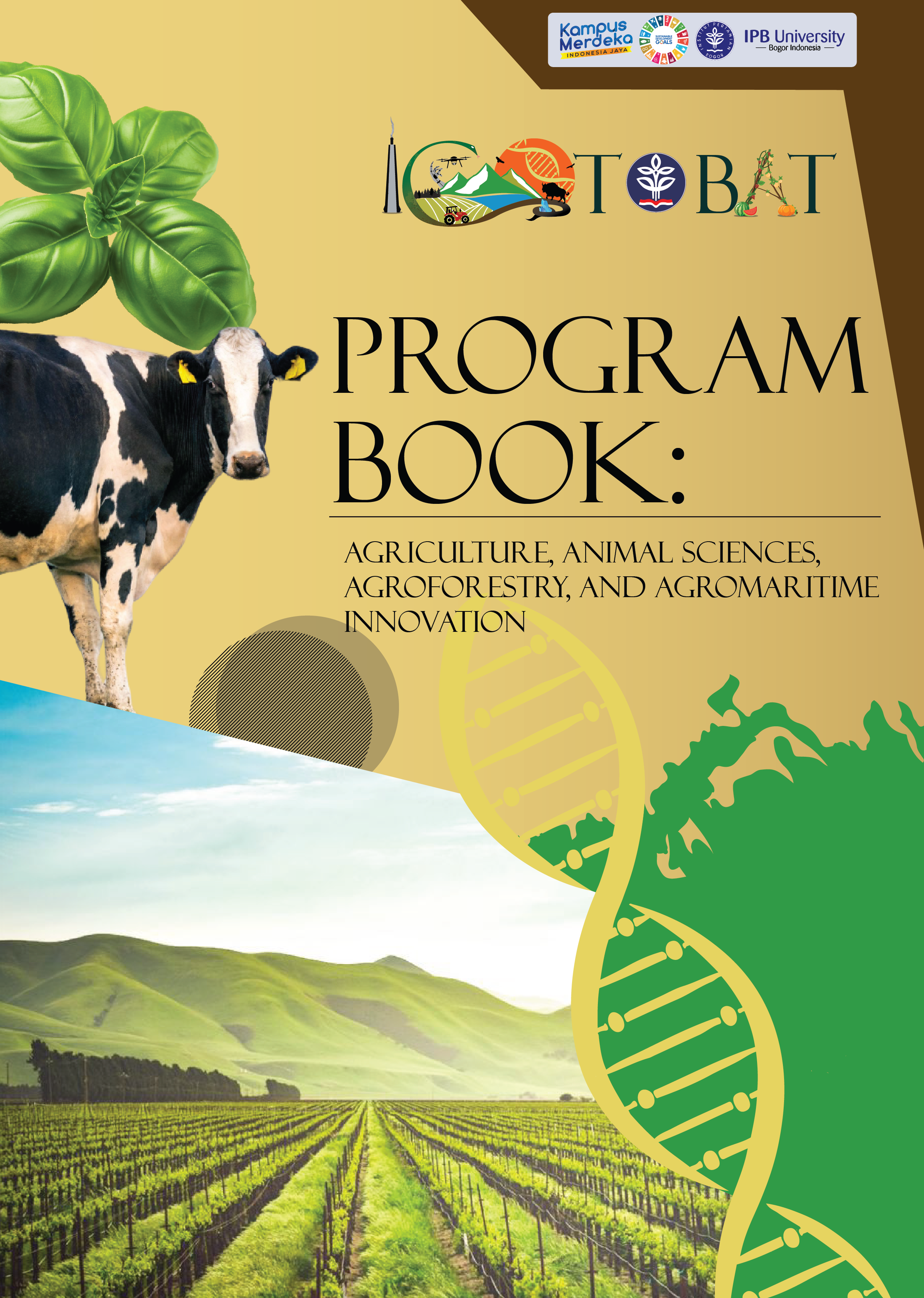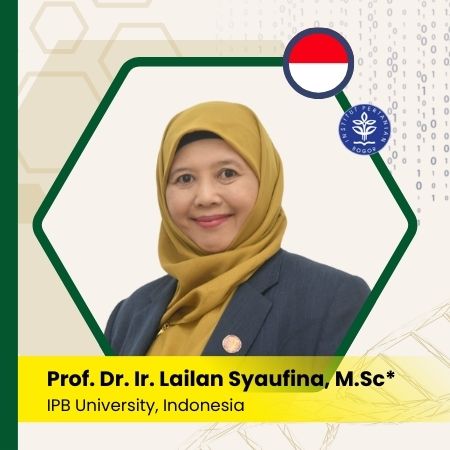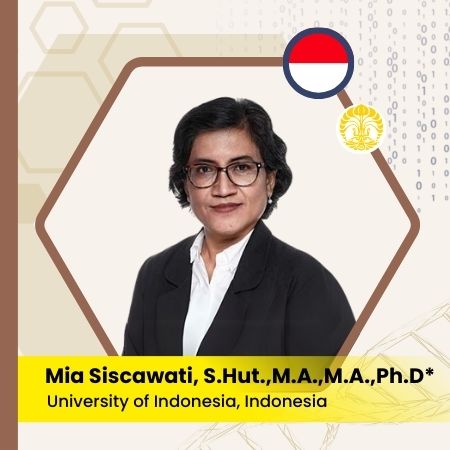Authentication of Volatile and Non-Volatile Compounds in Robusta Java Bogor as a Differentiator in Post-Harvest Processes
Keywords:
Robusta Java Bogor, green bean, volatile compound, non-volatile compound, potential markersAbstract
The aim of this research is to authenticate the volatile and non volatile compounds of Robusta Jawa Bogor green bean as a differentiator in natural, fullwash, honey and wine processing. A total of 127 volatile compounds (110 compounds in natural and honey, 100 compounds in fullwash, and 125 compounds in wine) and 96 non-volatile compounds (69 compounds in natural, 66 compounds in honey and fullwash, and 90 compounds in wine) were identified using HS-SPME-GC-MS and LC-MS. The research results that volatile compounds 4-methylpentan-2-ol, 2,5 dimethyl-2,4-hexadiene, and ethyl cinnamate are potential markers for honey processing. (E)-4-hexen-1-ol, 2-ethyl-p-xylene, 2-methoxyethyl acetate, 5-methyl-2, hexanol, diethyl succinate, 2-cyclopentene-1-one, ketoisophorone, methyl 6- methylsalicylate and 4-ethyl-2-methoxyphenol are potential markers for wine processing, while natural and fullwash do not have marker. Non-volatile compounds 1-naphthoic, [4]-gingerol, and succinic acid are potential markers for natural processing. DL-malic acid marker for honey and wine processing, neuraminic acid markers for honey processing and adenine markers for wine processing. Meanwhile (S)-[6] gingerol is a potential marker compound in natural, fullwash and wine processing. The results obtained help in authenticating the chemical compounds of green beans as a result of differences in post-harvest processing.






























